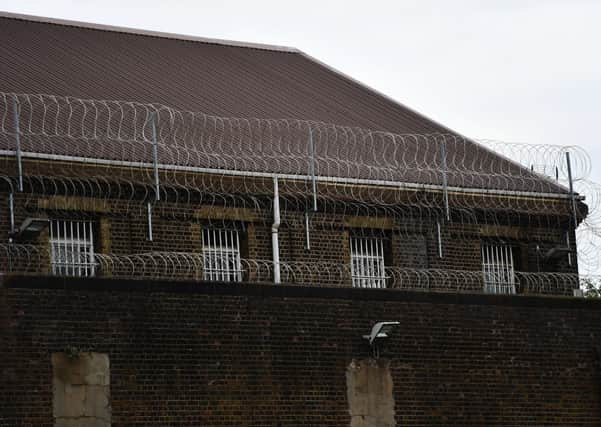Rates of female imprisonment in Cambridgeshire much higher than elsewhere in England and Wales


The Prison Reform Trust said the unnecessary imprisonment of women remained a “postcode lottery” across the two nations, with a significant north-south divide clear in the figures.
Analysis of local court data by the charity found 89 prison sentences were given to women in Cambridgeshire last year – equal to 26 per 100,000 who live in the area.
Advertisement
Hide AdAdvertisement
Hide AdThis was a decrease on the rate of 35 per 100,000 in 2018, but was still much higher than elsewhere in England and Wales.
The rate of female imprisonment in Surrey was just nine per 100,000 inhabitants, meaning women in Cambridgeshire are around three times as likely to be in prison.
South Wales had the highest rate, with 62 women in prison for every 100,000.
The 10 areas with the highest rates of female imprisonment were in the north of England, the Midlands or in Wales, with almost all the lowest 10 in the south of England, although the figures do not show what proportion of offenders were given custody sentences rather than other community sentences.
Advertisement
Hide AdAdvertisement
Hide AdPeter Dawson, director of the Prison Reform Trust, said progress is being made at the national and local level to reduce the unnecessary imprisonment of women, but described the statistics as evidence of a “postcode lottery”.
He added: “The majority of women sent to prison are still being sent there for non-violent offences to serve sentences of less than one year. These sentences can have a devastating impact on women and their children without doing anything to address the causes of offending.
“Worryingly, the latest prison population projections suggest that recent progress could be undone with numbers of women in prison predicted to rise by 1,300 within six years.
“Sustained investment in community alternatives for women and a sharp reduction in the use of short sentences are urgently needed.”
Advertisement
Hide AdAdvertisement
Hide AdOverall, the rate of women’s imprisonment in England and Wales fell from 32 per 100,000 in 2014, to 25 per 100,000 in 2019.
And between 2018 and 2019, the number of prison sentences for women fell by nine per cent – from 6,464 to 5,876 – but it was not evenly spread between local areas.
Of the 42 police force areas, around a third (13) saw an increase in women sentenced to prison.
In Cambridgeshire, the number of immediate prison sentences for women fell from 116 to 89 over this time.
Advertisement
Hide AdAdvertisement
Hide AdThe Prison Reform Trust said latest projections suggest that the number of women in prison nationally will climb from just over 3,200 at present to 4,500 by 2026.
But the Ministry of Justice said this forecast increase is due to the recruitment of 20,000 police officers.
A spokeswoman added: “While sentencing is a matter for the independent judiciary, we remain committed to seeing fewer women entering the criminal justice system.
“That’s why we’ve invested £7.6 million in the Female Offender Strategy, which offers alternatives to prison, and seen the number in custody fall by 23 per cent in the last 10 years.”